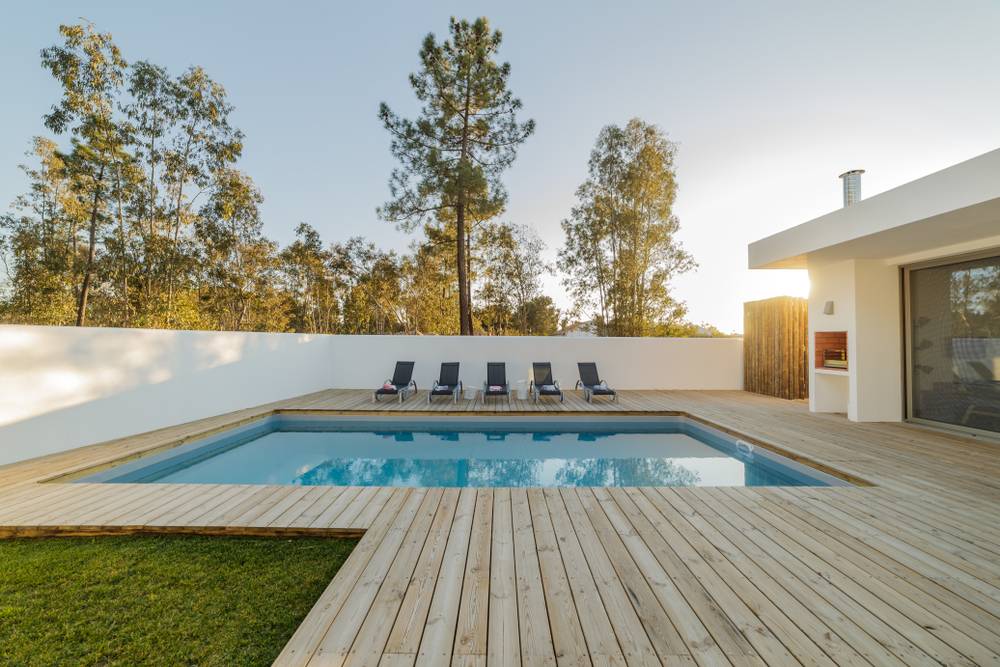- Jul 1, 2021
- 14
- Pool Size
- 13000
- Surface
- Plaster
- Chlorine
- Salt Water Generator
- SWG Type
- Hayward Aqua Rite (T-15)
Can someone provide guidance on correct Salt vs TDS inputs when calculating CSI?
I replastered my pool and added salt. I measure using use Taylor salt kit and HM TDS-3 probe. My AquaRite cell is old/bad so I am not trusting that measurement. Here are my conditions:
Also puzzled about the salt/TDS levels from the water hose - so all/most TDS from my city water is coming from salt? And then how come 3 weeks after filling up the pool the salt levels increased? I can see how TDS may increase from various chemicals put in water but why would salt levels increase?
New salt cell from CircuPool wants salt levels between 2700-3400; what level should I shoot for and what measurement (Taylor vs. TDS-3) should I rely on?
I appreciate any input/explanations...
Thanks!
I replastered my pool and added salt. I measure using use Taylor salt kit and HM TDS-3 probe. My AquaRite cell is old/bad so I am not trusting that measurement. Here are my conditions:
- Pool fill water (sample taken from water hose) from the hose
Salt = 400 (Taylor kit), TDS = 400 (TDS-3 probe) - is there so much salt in city water? - Pool water 3 weeks after fillup, towards end of "start-up" (no salt added yet)
Salt = 800 (Taylor kit), TDS = 620 (TDS-3 probe) - no idea where the extra salt coming from, do pool chemicals added have salt? - Pool water after adding salt (6 x 40 lbs. salt in 13,000 gal. pool, measured several weeks after mixing)
Salt = 3100 (Taylor kit), TDS = 3040 (TDS-3 probe)
Also puzzled about the salt/TDS levels from the water hose - so all/most TDS from my city water is coming from salt? And then how come 3 weeks after filling up the pool the salt levels increased? I can see how TDS may increase from various chemicals put in water but why would salt levels increase?
New salt cell from CircuPool wants salt levels between 2700-3400; what level should I shoot for and what measurement (Taylor vs. TDS-3) should I rely on?
I appreciate any input/explanations...
Thanks!


